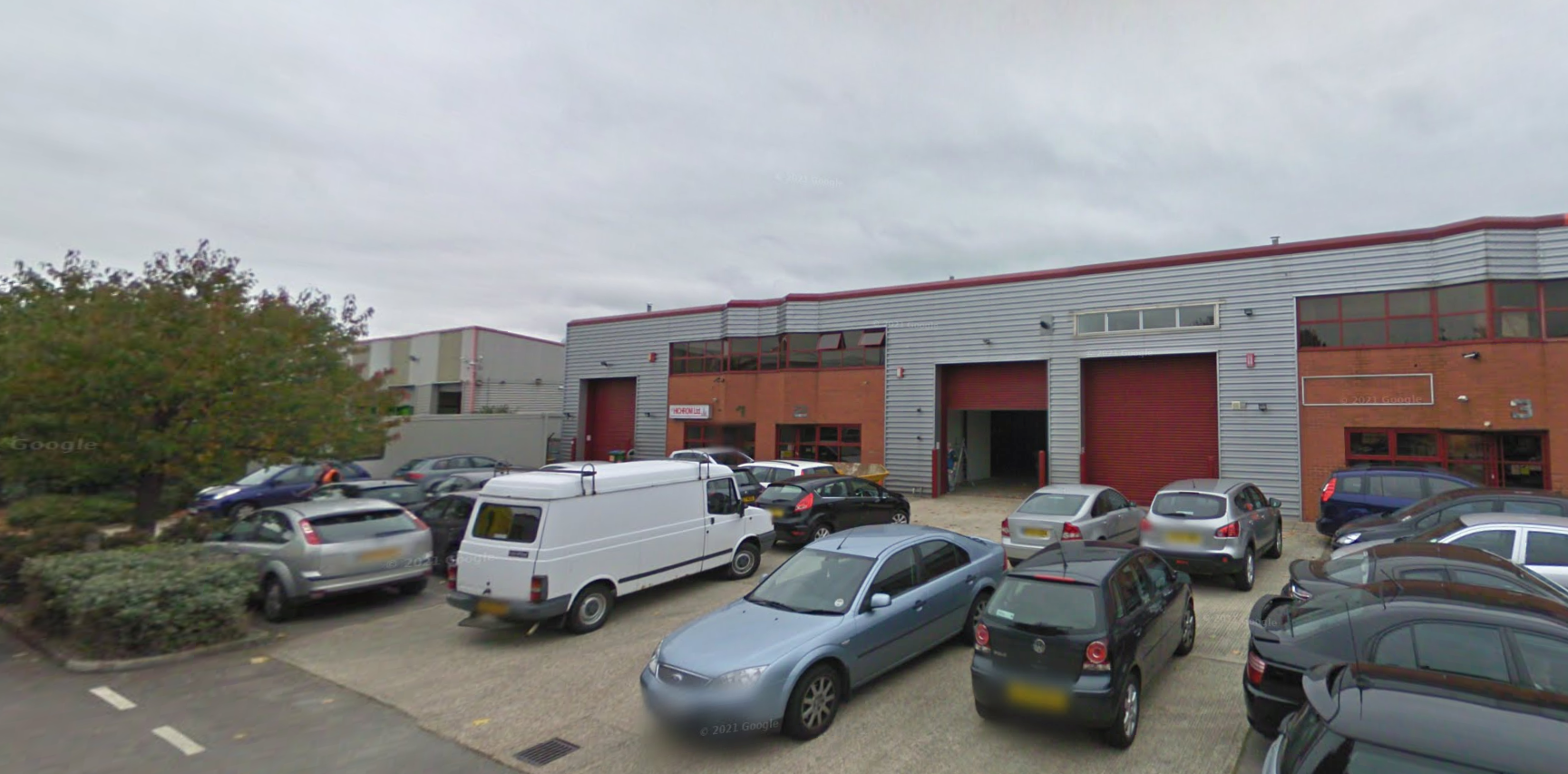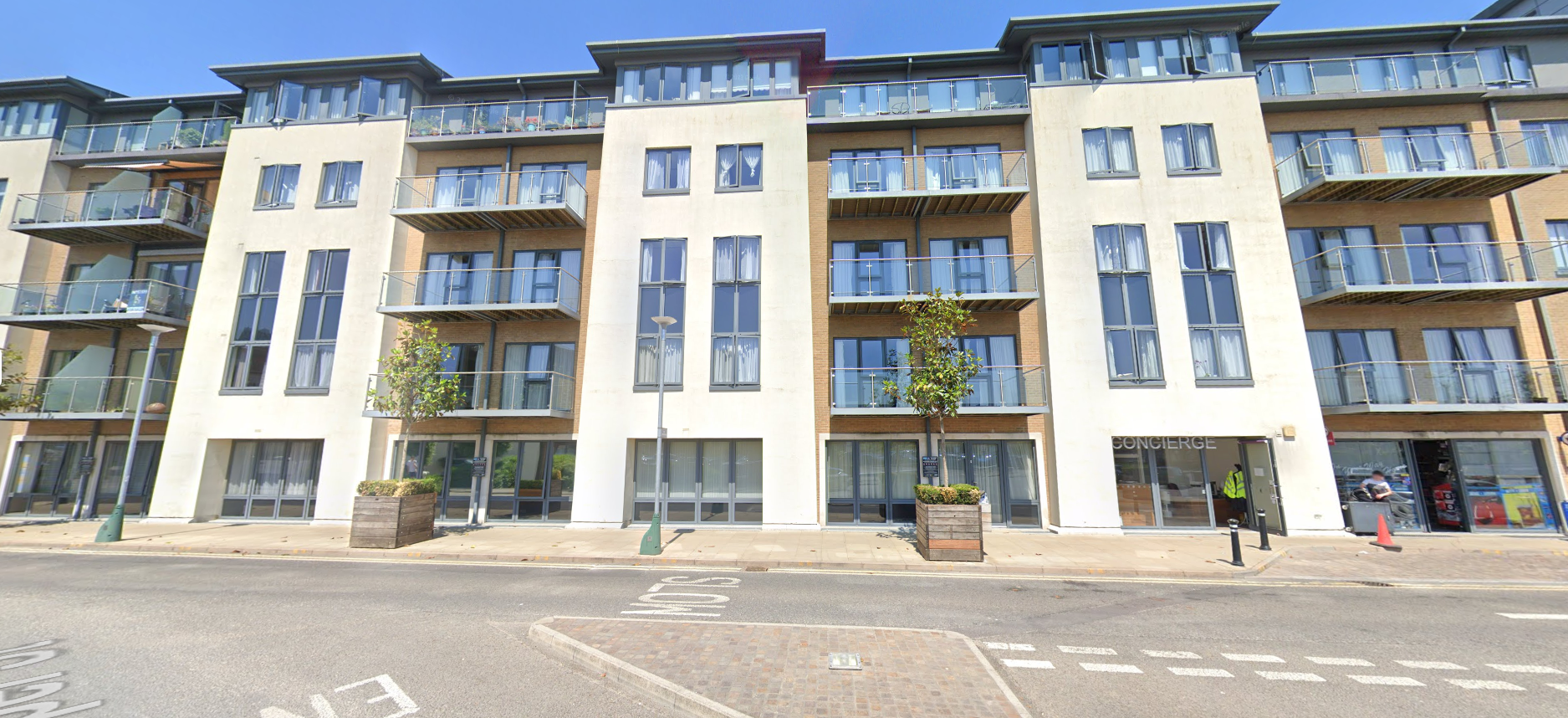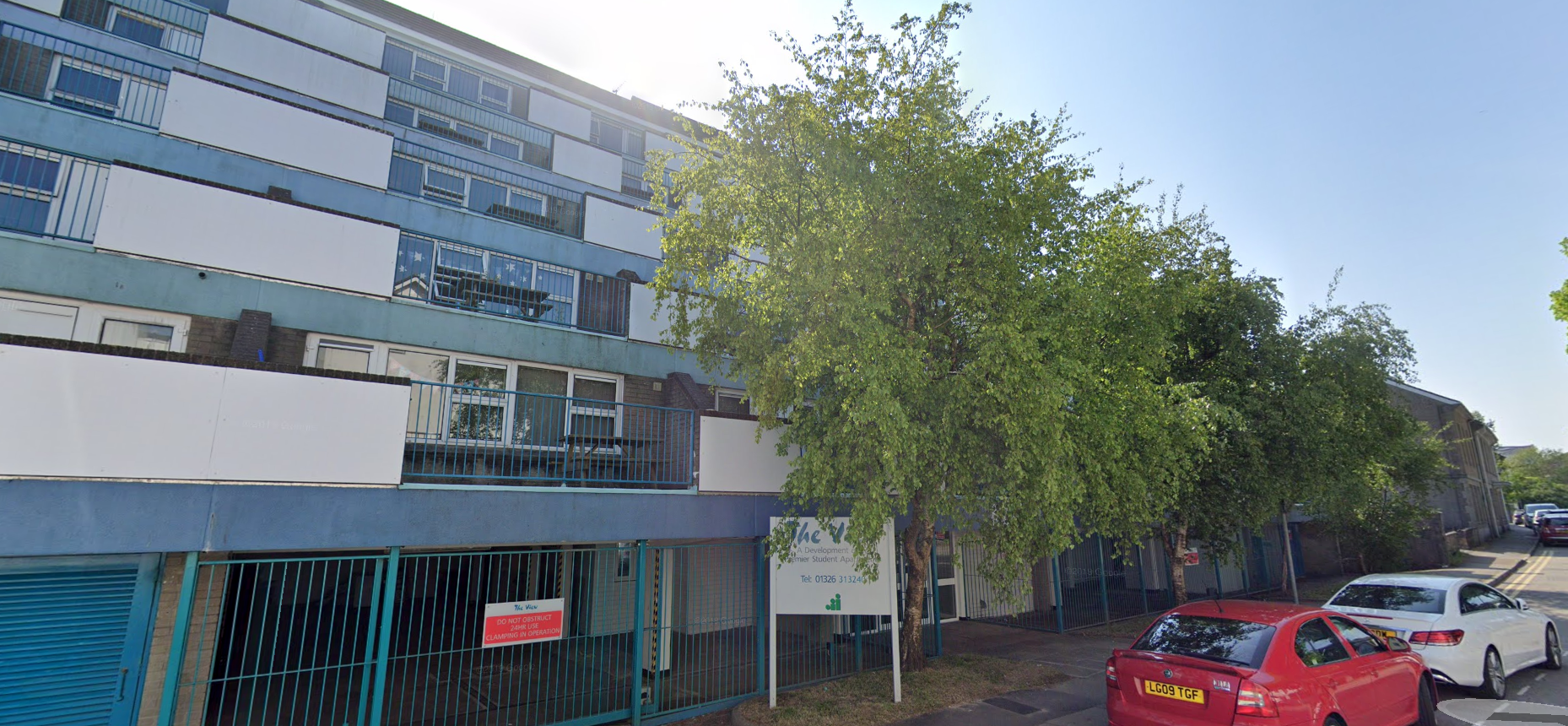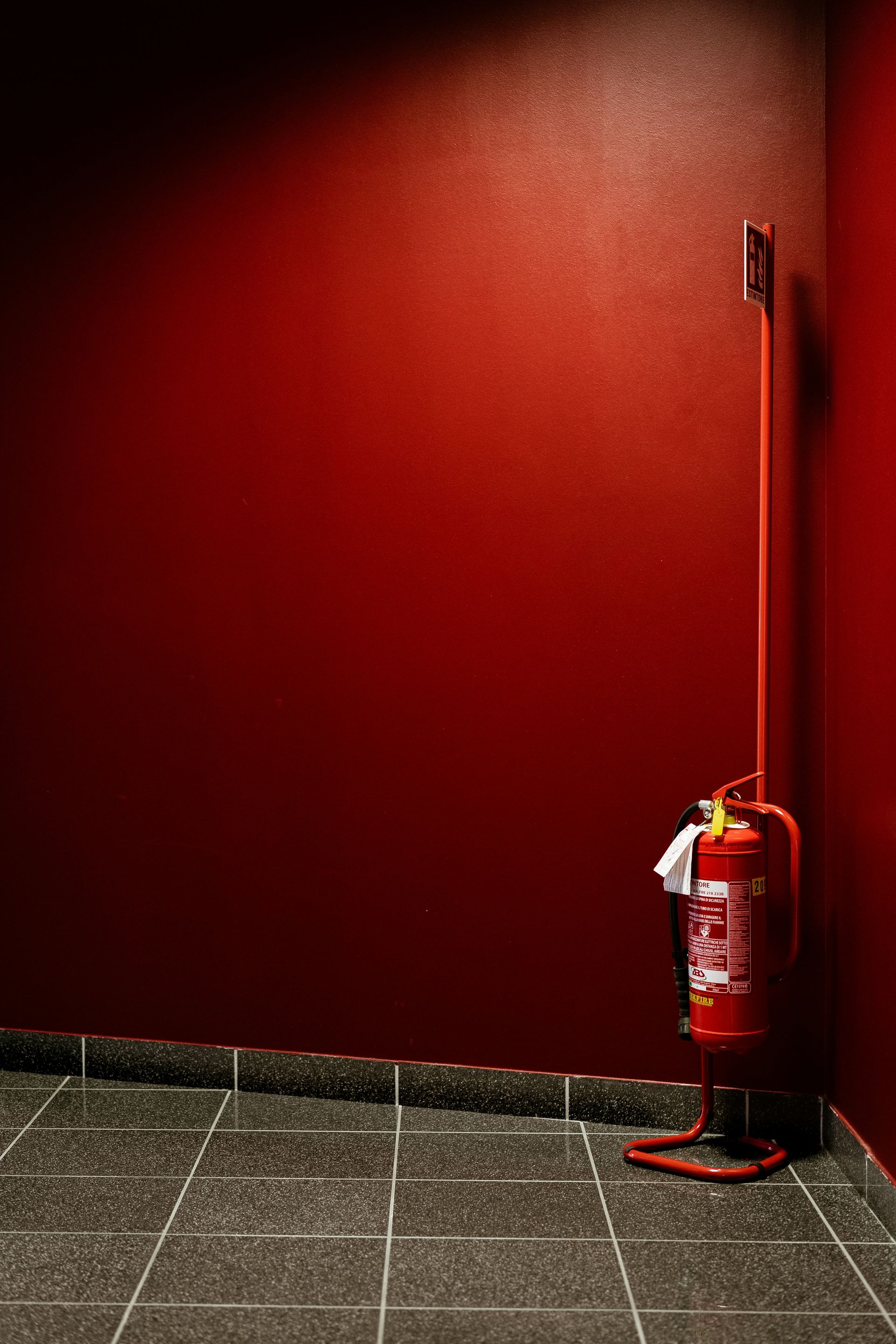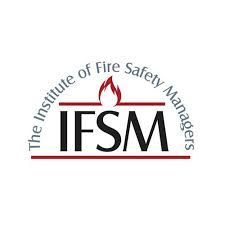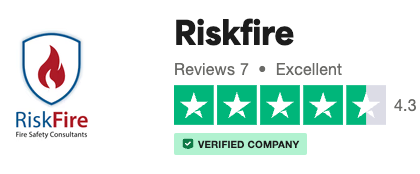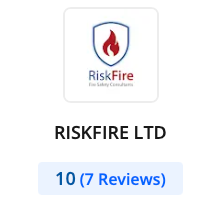Keeping Blocks of Flats Safe: Essential Fire Safety Measures - Risk Fire
Picture this: you're snug in your flat, sipping a hot cuppa, perhaps watching telly. Suddenly, the fire alarm blares, piercing your peace. Panic sets in as you scramble to remember the evacuation plan. This scenario is a stark reminder of the importance of fire safety in blocks of flats, especially in the UK, where thousands of people reside in high-rise buildings. With shared walls, floors, and communal areas, the risk of fire spreading is significantly heightened. It's crucial for residents, property managers, and local authorities to be proactive in implementing essential fire safety measures to safeguard lives and property.
Key Takeaways
- Unique challenges in flats increase fire risks
- Common causes of fires often stem from electrical faults
- Regular fire risk assessments are vital for safety
- Legal compliance with fire safety regulations is mandatory
- Collaboration with local authorities can enhance fire safety strategies
Understanding Fire Risks in Blocks of Flats
When it comes to fire safety, blocks of flats present unique challenges. Unlike standalone houses, flats share walls, floors, and ceilings with neighbouring units. This interconnectedness means that a fire in one flat can quickly spread to others, posing a significant risk to all residents. Additionally, the layout of high-rise buildings can make evacuation more complicated, especially if residents are unfamiliar with the designated escape routes.
One of the primary concerns in blocks of flats is the potential for fire hazards due to faulty wiring and overloaded circuits. Many older buildings may have outdated electrical systems that are not equipped to handle the demands of modern appliances. This increases the risk of electrical fires, which can be particularly dangerous in a densely packed living environment. Regular inspections by a competent fire risk assessor can help identify these potential fire risks before they lead to an incident.
Moreover, high-rise buildings present their own set of challenges for firefighting operations. Accessing the upper floors can be difficult, and the sheer number of people needing to evacuate can lead to congestion and confusion. It's crucial for residents to be familiar with their building's fire safety plan and to participate in regular fire drills to ensure they know what to do in an emergency.
The fire and rescue service plays a vital role in managing fire risks in blocks of flats. By working closely with property managers and local authorities, they can provide guidance on the best practices for fire safety, including the installation of smoke alarms, fire doors, and sprinkler systems. These precautions significantly reduce the risk of fire spreading and can save lives.
Common Causes of Fires in Flats
Understanding the common causes of fires in flats is the first step towards prevention. Electrical faults are a leading cause of fires in residential buildings. Faulty appliances, overloaded sockets, and extension leads can all lead to overheating and, eventually, a fire. It's essential to regularly check your electrical equipment and replace any faulty or outdated items to minimise this risk.
Old wiring systems are another significant fire hazard, especially in older blocks of flats. These systems may not be able to handle the electrical load of modern appliances, increasing the risk of electrical fires. Regular inspections and updates to the wiring infrastructure can help mitigate this risk.
Improper use of electrical equipment is also a common cause of fires in flats. This includes using appliances for purposes they were not designed for or leaving them unattended for extended periods. It's crucial to follow the manufacturer's instructions and to unplug appliances when they're not in use to reduce the risk of fire..
Communal areas in blocks of flats can also present fire hazards. Items left in hallways, such as bicycles or prams, can obstruct evacuation routes and become a fire hazard themselves. Property managers should enforce strict rules about keeping these areas clear to ensure a safe and efficient evacuation in the event of a fire.

Importance of Fire Risk Assessments for Flats
Fire risk assessments are an essential part of maintaining safety in blocks of flats. These assessments involve a thorough examination of the building to identify potential fire hazards and areas of concern. By conducting regular fire risk assessments, property managers can proactively address any issues before they lead to an incident.
One of the key benefits of a fire risk assessment is that it provides a detailed analysis of fire escape routes. This ensures that residents know the quickest and safest way to evacuate the building in an emergency. Regular assessments also allow for ongoing improvements to fire safety measures, ensuring that the building remains compliant with the latest regulations.


Fire risk assessments offer a tailored approach to fire safety for each building. Every block of flats is unique, and a competent fire risk assessor can provide customised recommendations to address the specific needs of the building and its residents. This personalised approach is crucial for ensuring the highest level of safety.
Regular fire risk assessments are not just a legal requirement; they are a moral obligation. By prioritising fire safety, property managers demonstrate their commitment to the well-being of their residents. This proactive approach can save lives and prevent significant damage to property.
Legal Requirements for Fire Safety in Blocks of Flats
In the UK, legal requirements for fire safety in blocks of flats are outlined in the Regulatory Reform (Fire Safety) Order 2005. This legislation mandates that building owners conduct regular fire risk assessments for all residential buildings. Failure to comply with these regulations can result in severe penalties and, more importantly, put residents' lives at risk.
One of the key aspects of the fire safety order is the requirement for fire doors to meet specific safety standards. Fire doors are designed to prevent the spread of fire and smoke, providing residents with crucial extra time to evacuate the building. It's vital for property managers to regularly check these doors to ensure they are in good working condition.
Emergency lighting is another legal requirement for blocks of flats. In the event of a power outage during a fire, emergency lighting ensures that residents can safely evacuate the building. Property managers must conduct regular checks and maintenance to ensure that all emergency lighting systems are functioning correctly.
The fire safety order also requires property owners to provide clear and visible fire safety signage throughout the building. This includes signs indicating emergency exits, fire extinguishers, and evacuation routes. These signs are crucial for guiding residents to safety during an emergency.
Fire Safety Measures for Flats: Prevention and Preparedness
When it comes to fire safety measures for flats, prevention and preparedness are key. Installing essential equipment, such as smoke alarms and fire extinguishers, can significantly reduce the risk of fire and improve the chances of a safe evacuation. Smoke alarms provide an early warning of a fire, giving residents valuable time to escape.
Fire extinguishers should be readily available in accessible locations throughout the building. Residents should be familiar with how to use them and understand which type of extinguisher is suitable for different types of fires. Regular training and fire drills can help residents feel more confident in using this equipment in an emergency.
Sprinkler systems are another crucial fire safety measure. These systems can automatically detect and suppress a fire, reducing its spread and impact. While not all blocks of flats are required to have sprinkler systems, they are highly recommended, particularly for high-rise buildings and those with vulnerable residents.
Fire doors should always be kept closed to prevent the spread of fire and smoke. Property managers should regularly check these doors to ensure they are not damaged or obstructed. Residents should also be reminded of the importance of keeping fire doors closed and reporting any issues to the building management.
Resources for Fire Safety Information in Flats
Accessing expert guidance and resources is crucial for maintaining fire safety in flats. Local fire and rescue services are an invaluable resource, offering advice and support on the best practices for fire safety. They can provide guidance on installing smoke alarms, fire doors, and other essential equipment.
Online resources are also available, offering up-to-date information on fire safety regulations and best practices. Websites from government agencies and fire safety organisations provide comprehensive guidance on how to maintain fire safety in residential buildings. These resources can help property managers stay informed about the latest developments in fire safety legislation and technology.
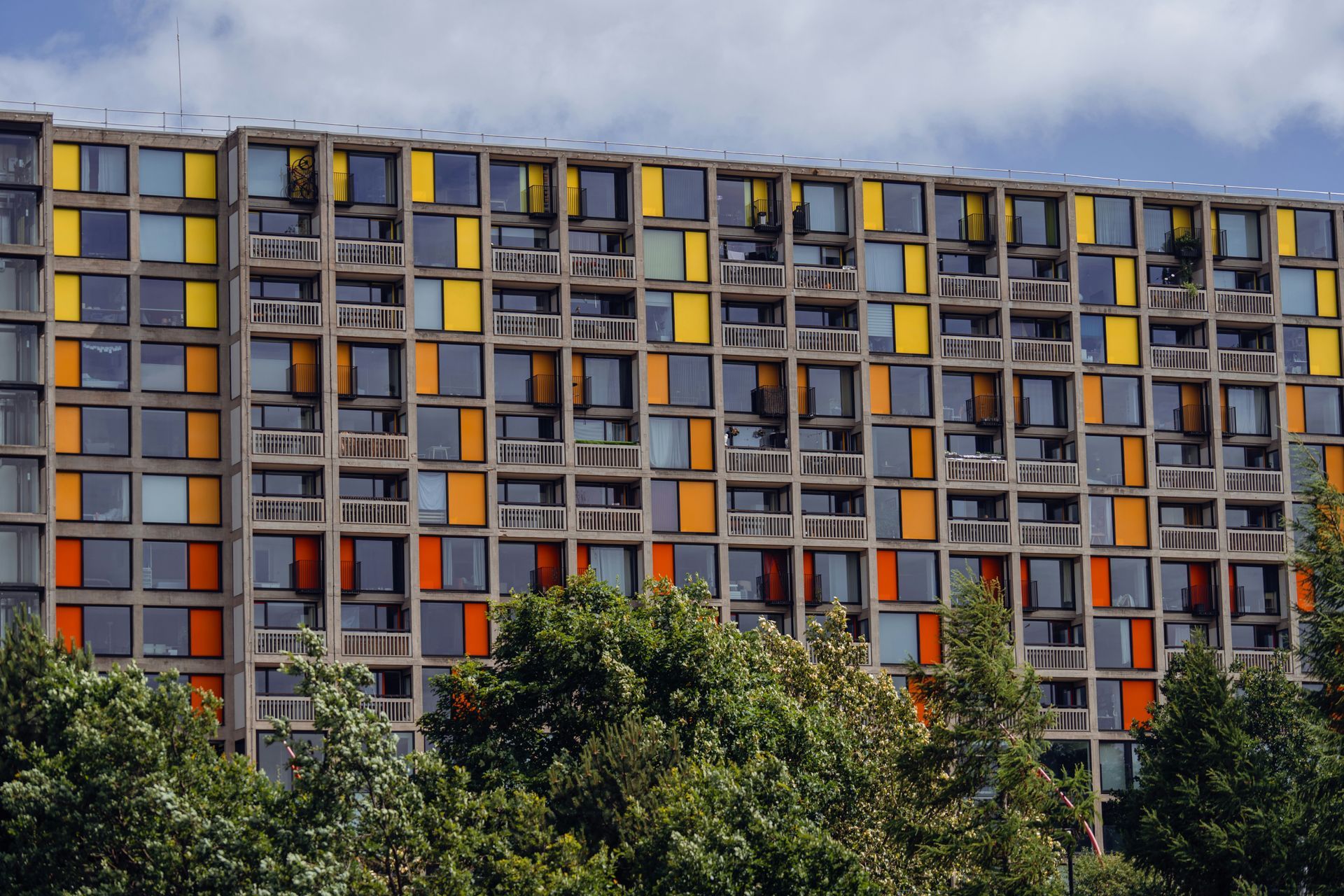
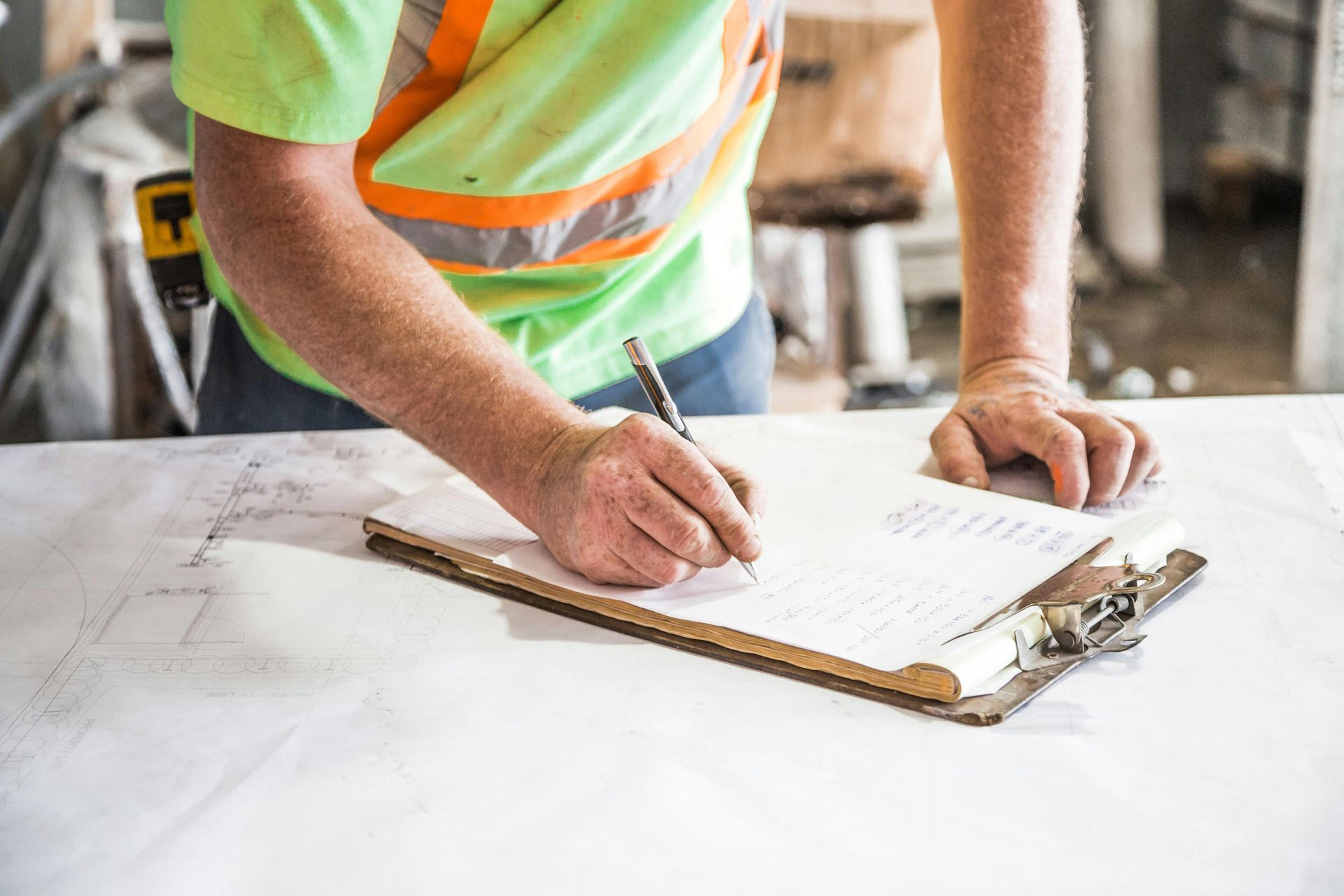
Fire safety consultancies offer tailored advice for specific buildings, providing personalised recommendations based on the unique needs and challenges of each block of flats. These professionals can conduct detailed fire risk assessments and provide guidance on implementing effective fire safety measures.
Government websites, such as the Home Office and local council sites, provide valuable information on fire safety regulations and legal requirements. These resources are essential for property managers and residents who want to stay informed about their responsibilities and rights regarding fire safety.
Collaboration with Local Authorities for Fire Safety in Flats
Establishing effective partnerships with local authorities is crucial for enhancing fire safety in flats. Local councils can provide support for implementing fire safety measures and offer guidance on complying with the latest regulations. By working closely with these authorities, property managers can ensure that their buildings meet the highest safety standards.
Building managers should maintain open communication with local fire services to address any safety concerns. Regular meetings and consultations can help identify potential risks and develop strategies for mitigating them. This collaboration is essential for creating a safe living environment for all residents.
Collaborative efforts between property managers, residents, and local authorities can lead to innovative fire safety solutions. By sharing resources and expertise, these stakeholders can develop comprehensive fire safety plans that address the unique challenges of each block of flats. This teamwork is crucial for ensuring the highest level of safety.
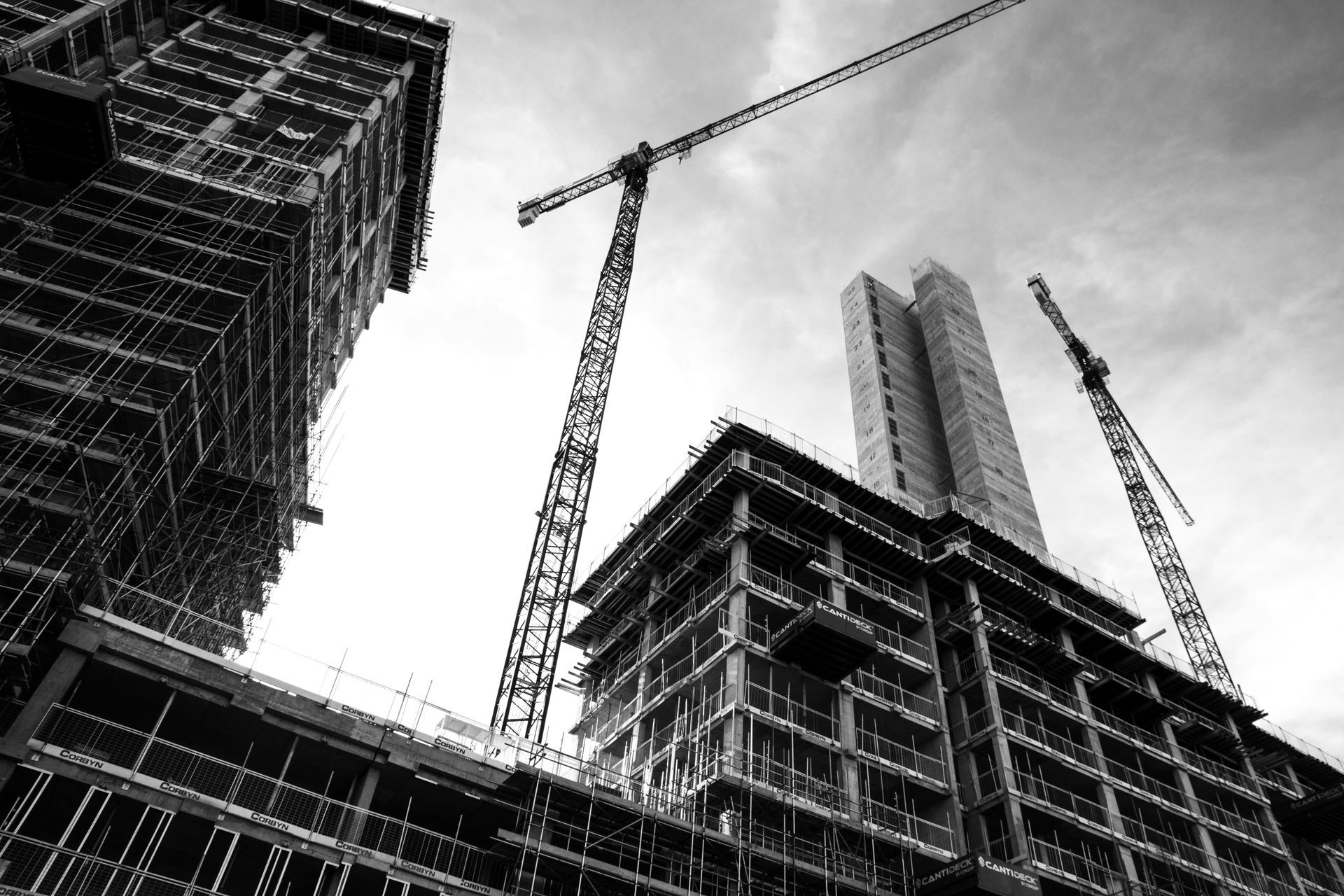
Ensuring Compliance with Fire Safety Regulations in Flats
Conducting regular inspections is essential for ensuring compliance with fire safety regulations in flats. Property owners should schedule routine checks of all fire safety equipment, including smoke alarms, fire extinguishers, and emergency lighting. These inspections help identify any issues that need immediate attention and ensure that all equipment is in good working order.
Regular checks also help property managers stay compliant with changing fire safety regulations. As new legislation is introduced, it's crucial for property owners to stay informed and update their safety measures accordingly. This proactive approach can prevent potential penalties and, more importantly, protect residents' lives.
Inspections also provide an opportunity to identify areas that need improvement. By addressing these issues promptly, property managers can enhance the overall safety of the building and provide peace of mind for residents. Compliance audits can also help reassure residents that their safety is a top priority.
Ultimately, ensuring compliance with fire safety regulations requires a commitment from property managers, residents, and local authorities. By working together and prioritising fire safety, these stakeholders can create a safe and secure living environment for all.
---
In conclusion, keeping blocks of flats safe from fire hazards requires a proactive approach from all involved parties. By understanding the unique challenges, addressing common causes of fires, and adhering to legal requirements, we can significantly reduce the risks associated with living in flats. Collaboration with local authorities and accessing expert resources further enhances fire safety strategies.
Are you ready to take the necessary steps to protect your home and community from fire risks?
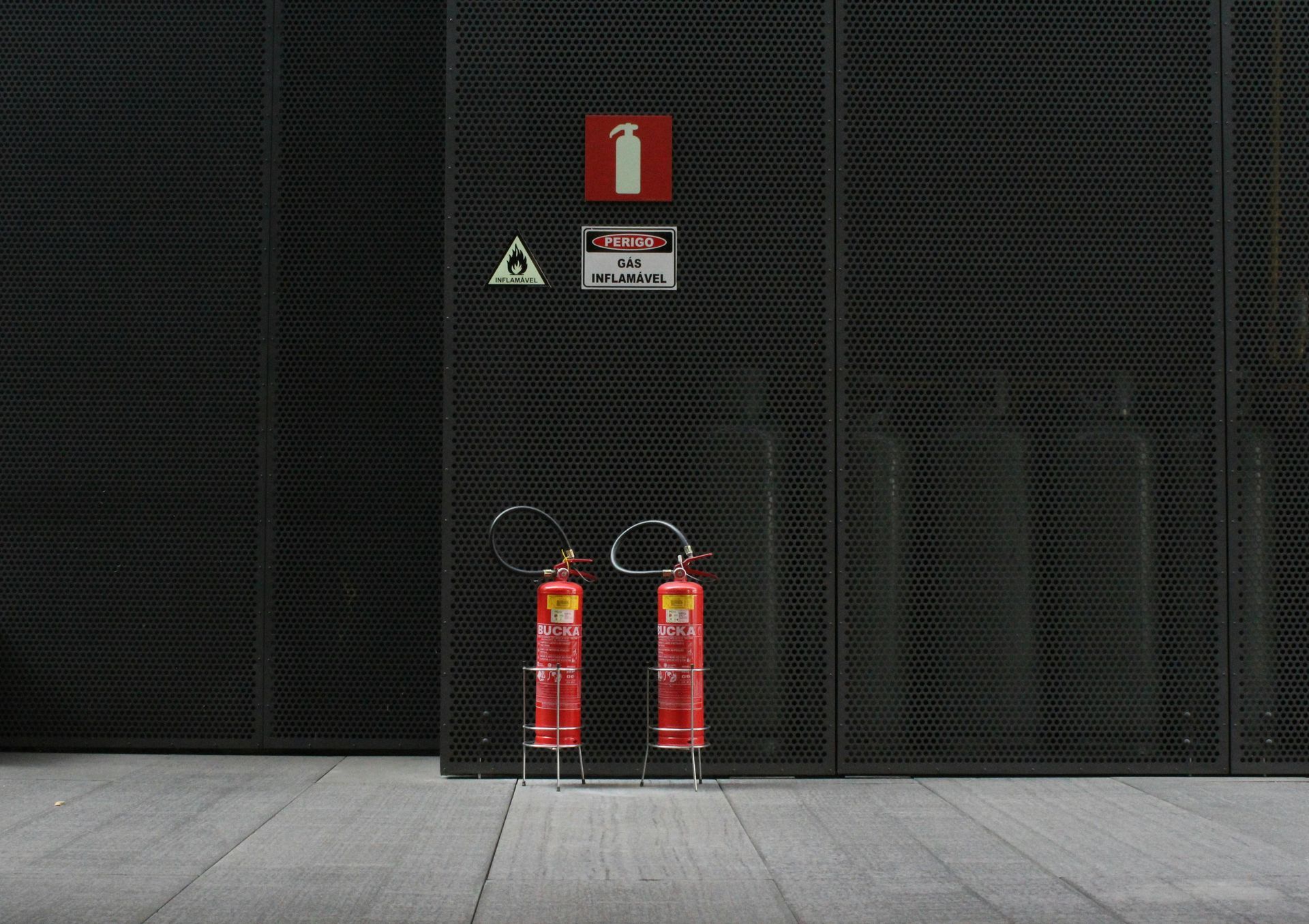
Contact us below and get your free quote!
We will get back to you as soon as possible.
Please try again later.
